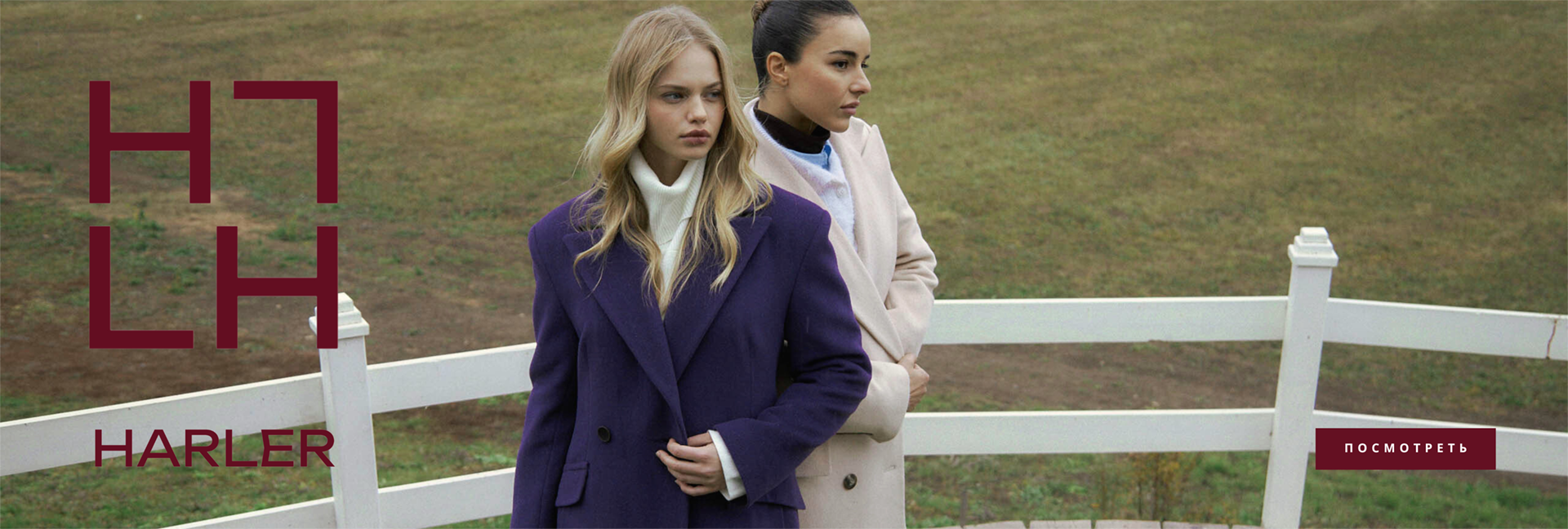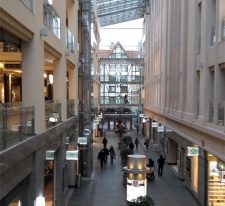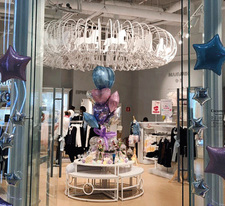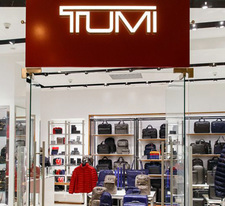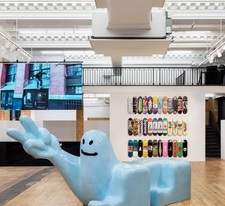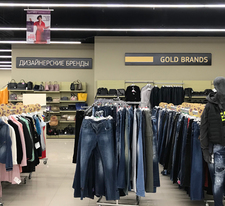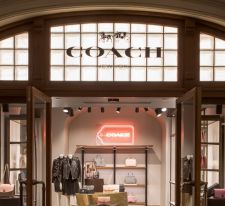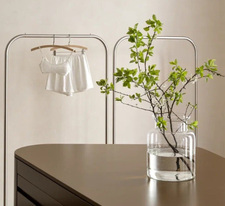The flagship of trade on the Daugava
part 1part 2
This publication opens a series of articles that will tell about the legendary stores of the post-Soviet space. The hero of the first issue is the Riga Central Department Store.
CENTRAL, ARMY, ECONOMIC
A small store opened on November 1, 1919 in Riga, offered high-quality goods for soldiers and officers at very affordable prices and was called "Army Economic". The trade was launched by the leadership of the Southern Group of the Latvian Army to provide for its soldiers: the frontline position of some cities forced the military leadership of the newly formed Republic of Latvia to think about providing more than ever.
According to the memoirs of contemporaries, before that they traded with the help of artels, which united the soldiers themselves and "civilian persons". As a result, the buyer often received not only speculative prices, but also low-quality goods. The project of the new public store, developed by Senior Lieutenant Nikolai Tetermanis, was submitted to the Supreme Commander-in-Chief, General David Simanson, and was first postponed until better times, and then accepted for execution one day. Tetermanis took over the existing divisional army store and became the manager of the first "Army Economic Store" under the wing of the Ministry of Defense of the Republic of Latvia.
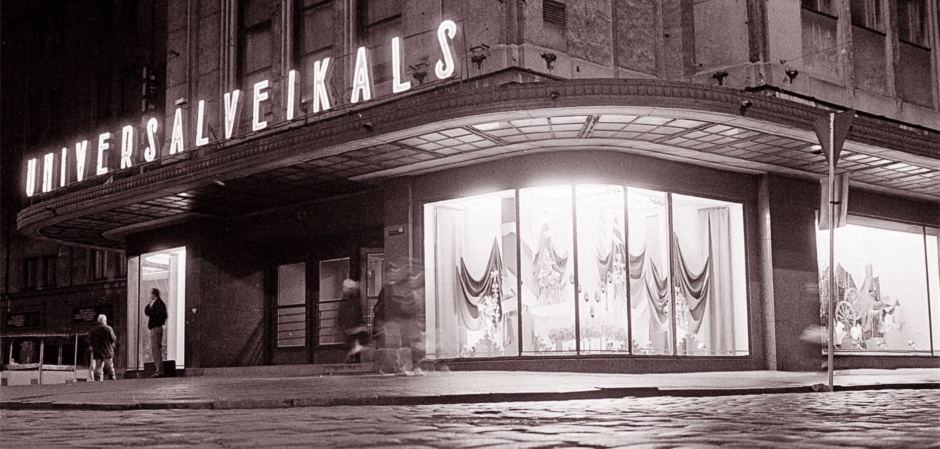
Despite the fact that the store was exempt from paying all taxes for several years, its further fate passed under the status of "everything is complicated". First, by order of General Yanis Balodis, he was supposed to appear on Nikolaevskaya Street, on the site of the famous Grunwald cafe-restaurant. However, it was not possible to release the premises quickly and another store managed to enter there, and Tetermanis had to open at Suvorovskaya 27. Buyers were met in modest interiors and with unpretentious inventory. At that time, only six employees served in the store, among the goods were soap, shoes, creams, tea, tobacco accessories, honey and sugar. The slogan of the store was "Not a buyer for a store, but a store for a buyer", and there was no shortage of customers. The establishment flourished, although Riga was practically cut off by the troops of Bermondt and the army of Soviet Russia, speculators ruled the city, and prices rose every day.
Significant assistance was provided by the state, in particular, on January 4, 1920, 450,000 rubles were allocated to the store to expand financial operations. As a result, already in July 1920, the store moved from Suvorovskaya, 27, to Marstal, 16, and began selling fabrics as well. Two and a half years later, the store moved to the central street of the old town, 16 Audeya, to the place of the rebuilt warehouse, the Princess' Barn. In addition to this building, the Army Store was allocated the so-called Elephant Barn on Theater Street, 9, where a freezer and warehouses were equipped for storing goods. The projects for the reconstruction of warehouses and the main building of the store on Audeya, 16, were implemented by engineer Davis Zarins. The store remained popular among the residents of Riga, it was patronized by the first persons of the republic. For example, Prime Minister Karlis Ulmanis secured the issuance of 100 tons of scarce sugar to the store on credit, which was soon returned to the state with interest.
By 1923, 69 people were already working in the store, which served an average of 400 customers per day. In the early 30s, every 25th citizen of Riga came here on holidays. The store received up to 10 thousand customers a day. 15 years after the opening, 600 employees were employed in the entire formed network, and the daily turnover of the central store reached 75,000 lats. There were three floors in the main store on Audeya 16: grocery and fruit in the basement, gastronomy on the ground floor, weapons, topographic maps, uniforms and the like on the second floor. Purchases could be made on credit.
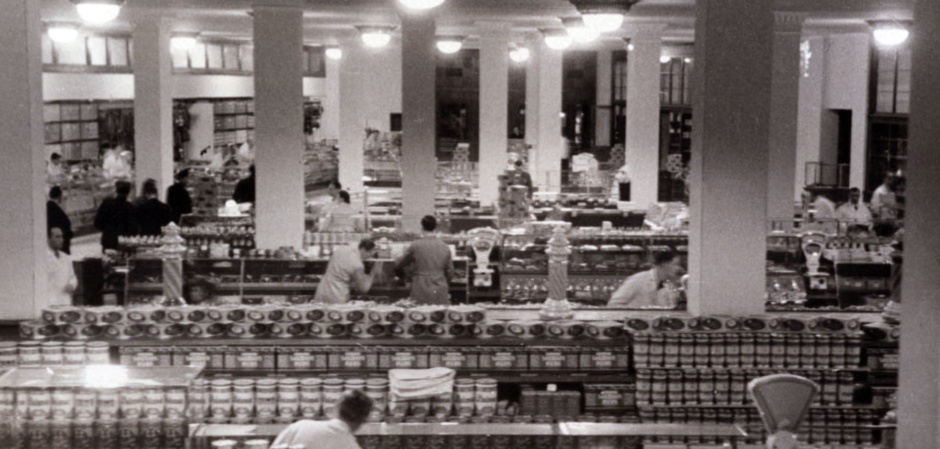
The store belonged to the state, but its profits were spent on the social needs of the military. Soldiers' clubs, sanatoriums in Kemeri and Cesis were organized with 30% of the funds, books were published, some were given out as prizes at sporting events and so on. As a result, only 10% of the store's profits were credited to the state revenue.
FIVE FLOORS OF NATIONAL PRIDE
On November 3, 1934, the Army Store celebrated its fifteenth anniversary in a big way.
By 1935, the chain of the Army Store consisted of many branches, and the old two-story building could not cope with the growing number of customers at all. It was then that the decision was made to find a place to build a grand department store. It was even proposed to demolish the Music Conservatory near the building of the Riga Latvian Society and build a new shopping center there, or demolish the Mineral Waters building in the Vermansky Park.
As a result, it was decided to buy the land near the existing store at Audeya, 16, – the entire block between Valnyu, Kaleyu and Theater streets. Six buildings were demolished, including a well-known Bohemian Writers' Club.
The competition commission considered 40 projects of the shopping center and chose a five-storey building on a plot of 3,000 square meters as the main one. The first floor – food and fish, the second – manufactory, perfumes and haberdashery, the third – ready-made dress and radio products, the fourth – dining room, cafes, restaurants and kitchen. The building was supposed to be equipped with modern elevators, and to develop the store's project, the architect, part-time military engineer, Colonel Arthur Galindom went to Europe to get acquainted with the new department stores. As the basis of his idea, Galindom took not only the projects proposed at the competition, but also – and to a greater extent – the Wahrenhaus store in Dusseldorf.
The work on strengthening the foundation was headed by one of the oldest Riga masons Hermanis Liepins, and the assistant head of construction works was Valentin Zarins, who made unique calculations of iron structures and designed the foundation of the future building.
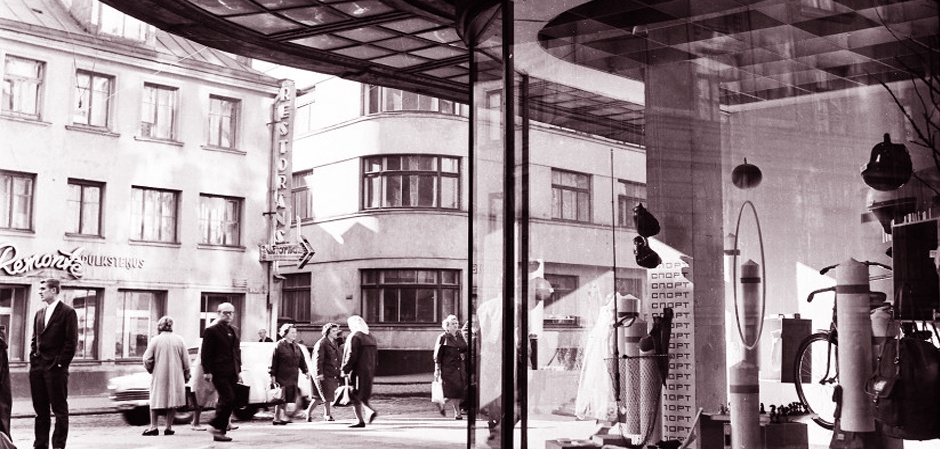
The foundation stone was laid in 1936 by President Karlis Ulmanis and General Yanis Balodis, at the same time a capsule with a message to descendants was laid in the foundation.
The new building was planned to be commissioned in a year, and in December it was planned to put numerous goods on the shelves. According to contemporaries of the construction, all the know-how of those years was applied during the work. For example, heating was installed directly under the floor, escalators were installed between the floors, and a luxurious swimming pool for live fish was installed in the fish department. In case of power outages, there was an automatic diesel generator in the basement.
The department store opened on January 24, 1938, and on March 9, 1938, a competition was announced to demolish the old store building and clear the territory. In the new building, it was planned to add departments of ladies' clothing and haberdashery, large recreation rooms and vending machines with sandwiches and drinks.
In November 1939, the store celebrated its twentieth anniversary. At the same time, the last works were carried out in the new building, and the main entrance was already decorated with three famous huge letters "AEV" (Armijas Ekonomiskais Veikals).
Residents of Riga proudly talked about the departments of the new department store, where there was even a special wardrobe for dogs, and the staff consisted of over 1,000 people, and took guests of the city on excursions.
Author: Svetlana Soboleva
Photo: www.galerijacentrs.lv
